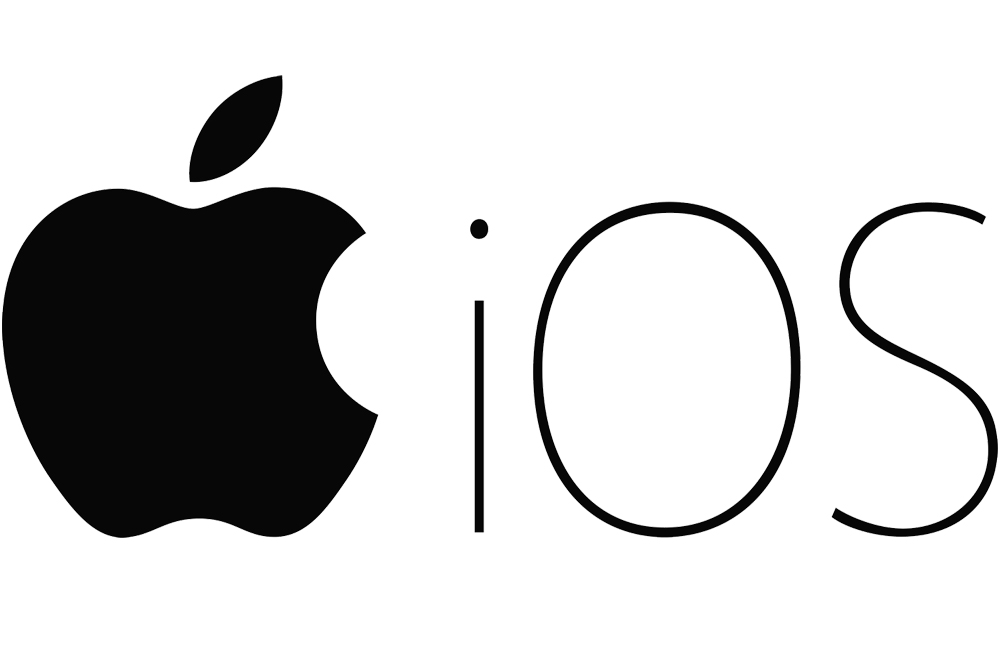iOS Application Developer
| Duration | Class Duration | Classes/Week |
|---|---|---|
| 40 Hours | 3 Hour | 3 Classes |


Every business owner and even corporate companies invest a lot in creating their own iOS application to reach their customers across the world. This created an enormous demand for iOS app developers in current IT industry. This Fast-Track iOS training course is designed to train both novice and experienced developers how to create native iOS Apps for iPhone, iPad and iPod using the Swift programming language.
Course Objectives
By the end of this training course, participants will be able to learn:
- Basics of iOS programming concepts
- Creating application layouts and developing complete apps
- PLIST files and creating NS user default
- Web services, address book usage and data storage
- Working on notification services on iOS
- Uploading apps to the Apple App Store
Training Mythology
The course places a very strong emphasis on hands-on learning through a multitude of exercises and demonstrations. Participants will be guided through a wide variety of in-class Labs specifically designed to offer practical solutions to common problems that address real-world production needs.
Who Should Attend
- Software Developers and Professionals
- System Developers and Web Developers
- System Design Professionals
- Apple iOS App Enthusiasts
Course Outline
- Your First App – “Prepare for Takeoff”
- Understanding Xcode
- Using the Xcode Interface Builder
- Creating a new Project in Xcode
- Designing an App interface using Interface Builder
- Working with the Objects Library and the Attributes Inspector
- Running and previewing the App using the iOS Simulator
- Adding Interactivity
- Writing Swift code in the ViewController file
- Creating IBActions and IBOutlets
- Activating Controls: enabling Buttons, Switches and Sliders
- Using the Size Inspector
- Creating an Alert with action Buttons from code
- Working with Conditionals for basic Control-Flow
- Enabling User Input
- Working with Textfields to read in user inputted data
- The iOS Keyboard and special alternate keyboard layouts
- Alternate methods for dismissing the Keyboard
- Using the Connections Inspector
- More Control-Flow
- Working with Image Assets & App Icons
- Creating a Custom Icon for your App
- Creating a Custom Splash Image for your App
- Managing Image Assets: Regular & Retina
- Writing Classes in Swift
- Declaring a Swift class in a separate file
- Declaring Stored and Computed Properties
- Creating Instance Methods
- Control Flow with the Switch Statement
- Using the PickerView
- Single Component Pickers
- Multi-Component Pickers
- Working with the Date Picker and the NSDate class
- Creating Multiview Applications
- Using Navigation Controllers
- Working with Segues
- Passing Data between View Controllers
- Creating Bar-Tab Application
Using TableViews
- Creating regular and Multi-Sectioned TableViews
- Drill-Down menus
- Master-Detail scheme
- Creating custom TableView Cells
- Using Collection Views
- Modifying Grid Layouts
- Creating Custom CollectionView Cells
- Enabling Cell-Tap Navigation to Detail Screens
Creating Views from Code
- Initializing Objects with Code\
- Views, subviews, the Superview
- The Subviews auto-array and View Index
- Wiring up Views to IBActions using code
- Detecting and Handling Gestures
- Swipe Gesture
- Tap Gesture
- Pinch Gesture
- Pan Gesture
- Rotation Gesture
- Implementing Affine Transformations
- Data Persistence
- Working with NSFileManager and the iOS File Directory
- Saving Property Lists
- Using Databases with the sqlite Library
- Working with Core Data
- Maps, Core Location and Location Services
- Displaying User Location on Map
- Creating Annotations & Pins
- Switching Map Types
- The MKMapViewDelegate Protocol
- Web Services
- Establishing an NSURL connection
- Making an NSURLConnection Request
- Reading returned XML & JSON data
- Parsing incoming XML with NSXMLParser
- Parsing incoming JSON Data
- Integrating your App with Social Media
- Posting to Facebook and Twitter from within your App
- Attaching Photos, URL’s
- Universal Apps – Auto-Layouts, Handling Device Rotations, and Size Classes
- Working with Auto-Layouts
- Implementing Size Classes
- Handling Aspect Ratio Constraints
- Application Life Cycle & View States/Life Cycle
- Understanding Application States
- Working with a ViewController’s Life-Cycle
- Creating Local Notifications
- Unit Testing
- Using the XCTest Framework
- Creating unique tests for specific functionalities
- Making Test Assertions
- Creating performance-measurement tests
- Submitting to the App Store
- The iOS Developer’s Center
- Creating App Certificates, Identifiers and Profiles
- Archiving the Project
- Ad-Hoc and App-Store Distribution


0 Comment